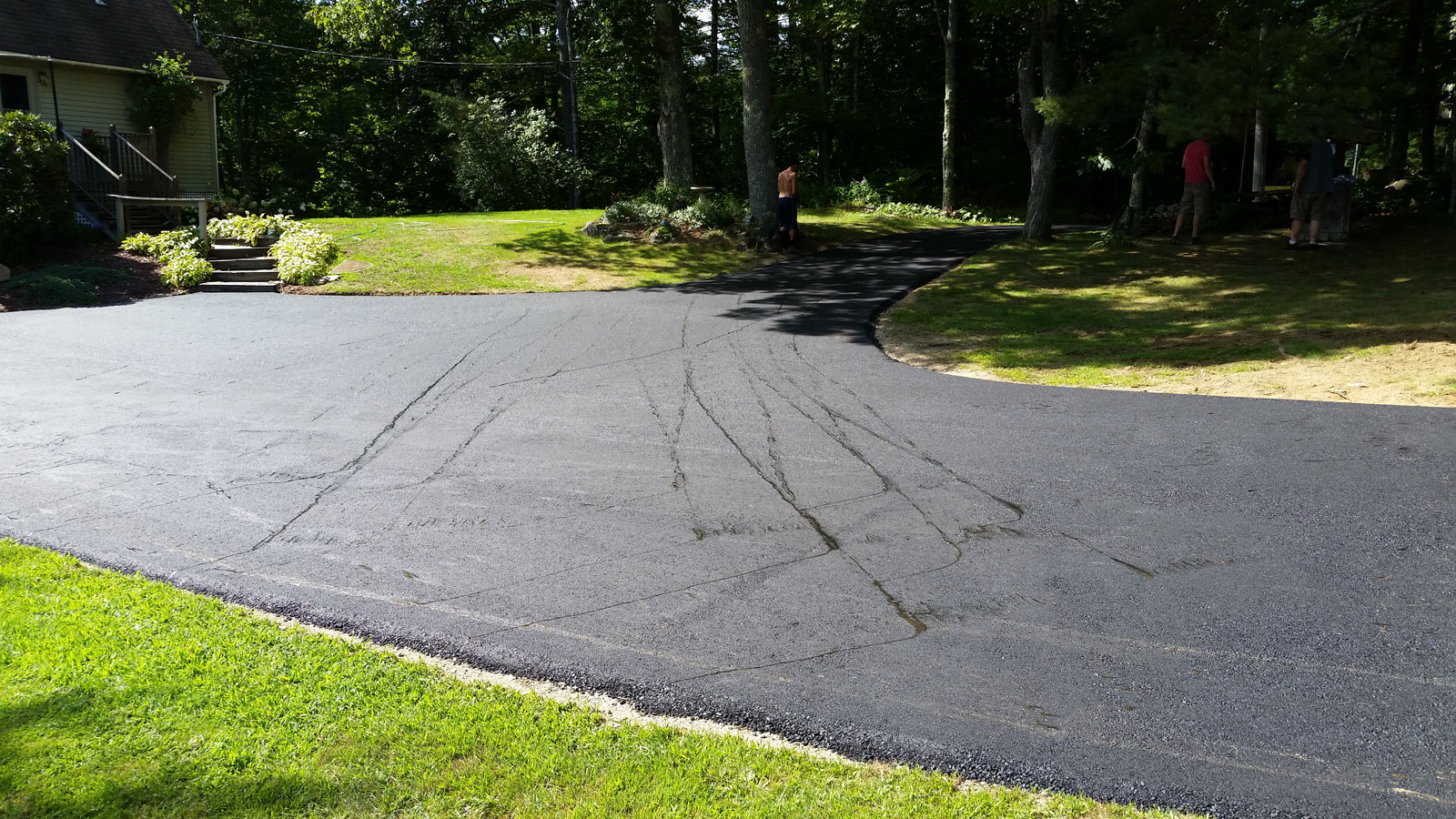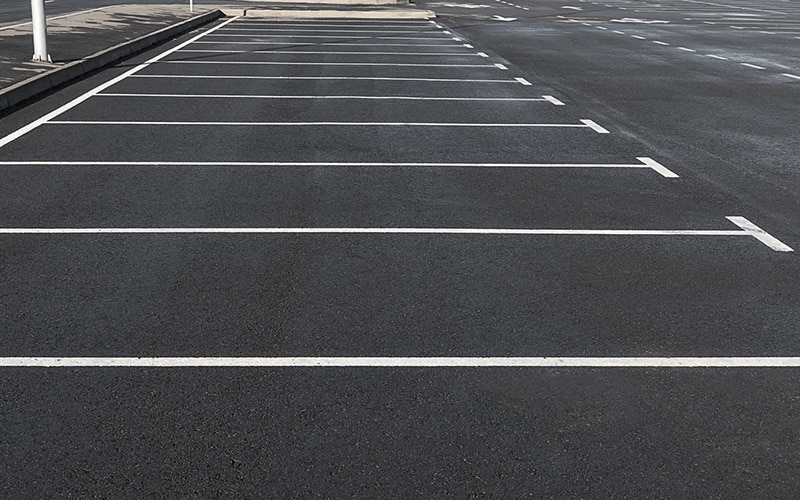Guard Surface Areas with Specialist Asphalt Sealing: Cold Mix Fundamentals
Wiki Article
Cold Mix Asphalt Vs. Hot Mix Asphalt: Which Is Right for You?

Make-up Differences
Cold mix and hot mix asphalts vary dramatically in their structure, with distinct attributes that affect their performance and applications. Cold mix asphalt is generated by emulsifying the asphalt binder with water and an emulsifying agent before blending it with accumulation. This technique permits the asphalt to be convenient at reduced temperatures, making it suitable for momentary repair services and for usage in colder climate condition. Warm mix asphalt, on the various other hand, is made at high temperatures, usually between 300-350 ° F, which helps to accomplish much better compaction and an extra sturdy final product. The warm mix asphalt production procedure includes warming the accumulation and asphalt binder independently prior to integrating them at the asphalt plant.
Additionally, cool mix asphalt often tends to be much less thick and much more flexible than hot mix asphalt. This versatility makes it much better suited for areas with greater levels of movement, such as driveways or roads with rush hour. On the other hand, hot mix asphalt is known for its high resilience and resistance to rutting and breaking, making it a preferred selection for highways and high-traffic roadways where longevity is essential.
Setup Refine Differences
The process of mounting cool mix and warm mix asphalt shows noteworthy variances in their treatments and demands. Cold mix asphalt, being a more versatile product, can be applied straight from the bag or container onto the pothole or damaged location. It requires minimal preparation job, such as cleaning up the location and condensing the cold blend with hand devices. This makes it a hassle-free choice for quick and short-lived repairs. In comparison, warm mix asphalt necessitates a more fancy setup process. It involves heating up the mix to heats prior to laying it down on an appropriately ready base. The prep work consists of compacting the base, using a tack coat, and making use of hefty equipment like pavers and compactors for a smooth and long lasting surface. Because of the heating needs, warm mix asphalt installments are normally performed by specialists with specialized devices, making sure a much more structurally sound and long-term outcome.Durability and Long Life Variables
When taking into consideration asphalt alternatives, resilience and durability are critical factors to evaluate for long lasting sidewalk performance. Warm mix asphalt (HMA) is understood for its extraordinary longevity and long life. The heats during the blending and laying procedure enable better compaction, resulting in a denser and more powerful sidewalk framework. This causes HMA being more resistant to rush hour tons, severe weather condition problems, and the results old contrasted to chilly mix asphalt (CMA)
In terms of longevity, HMA usually outshines CMA as a result of its premium stamina and resistance residential properties. HMA pavements have a longer solution life, needing much less constant repair work and upkeep, which can translate to set you back savings in the future. In addition, index HMA sidewalks are extra quickly adjustable to meet particular task requirements, even more boosting their longevity.
Expense Factors To Consider
Thinking about the financial effects is a vital element when examining the choice between warm mix asphalt (HMA) and cool mix asphalt (CMA) for sidewalk projects. While the preliminary expense of warm mix asphalt is typically greater than that of cold mix asphalt, HMA often offers a much more economical remedy in the long run due to its remarkable sturdiness and durability.Along with material expenses, it's vital to consider the expenses connected with setup and upkeep when contrasting HMA and CMA. HMA typically calls for specific devices and skilled labor for correct setup, which can impact overall job prices. On the other hand, CMA is less complicated to function with and can frequently be used making use of less complex strategies, possibly reducing installation expenditures. Eventually, the decision between HMA and CMA should think about not simply the initial expense yet additionally the long-lasting financial implications to determine the most affordable choice for the particular pavement job.
Environmental Effect Comparison
Contrast of the ecological effects between warm mix asphalt (HMA) and chilly mix asphalt (CMA) exposes distinctive differences in sustainability methods. HMA manufacturing needs high temperatures, leading to increased power intake and greenhouse gas emissions.Furthermore, the usage of CMA frequently entails reusing existing asphalt pavement, promoting source preservation and minimizing the amount of waste sent out to garbage dumps. This reusing aspect even more boosts the sustainability of CMA contrasted to HMA. On the whole, when thinking about the ecological effect, CMA becomes an extra ecologically lasting option because of its reduced power demands, minimized discharges, and the potential for recycling existing products. By going with CMA over HMA, road building tasks can contribute favorably to ecological conservation initiatives.
Final Thought
In verdict, the option between cold mix asphalt (CMA) and hot mix asphalt (HMA) relies on numerous factors such as composition, installation process, resilience, longevity, cost, and ecological impact. angle parking. While CMA provides a quick and affordable option for minor repair work, HMA guarantees remarkable sturdiness and long life for rush hour areas. Consider these elements very carefully to establish which sort of asphalt is the right choice for your paving needs

Considering the financial ramifications is a critical element when examining the selection in between warm mix asphalt view (HMA) and cold mix asphalt (CMA) for sidewalk projects. While the initial cost of warm mix asphalt is normally greater than that of cool mix asphalt, HMA typically offers an extra economical remedy in the lengthy run due to its remarkable longevity and long life. asphalt patch repair.Comparison of the environmental effects in between warm mix asphalt (HMA) and chilly mix asphalt (CMA) exposes distinct differences in sustainability practices.In verdict, the option between chilly mix asphalt (CMA) and hot mix asphalt (HMA) depends on various factors such as make-up, installation procedure, longevity, long life, expense, and see this website environmental effect
Report this wiki page